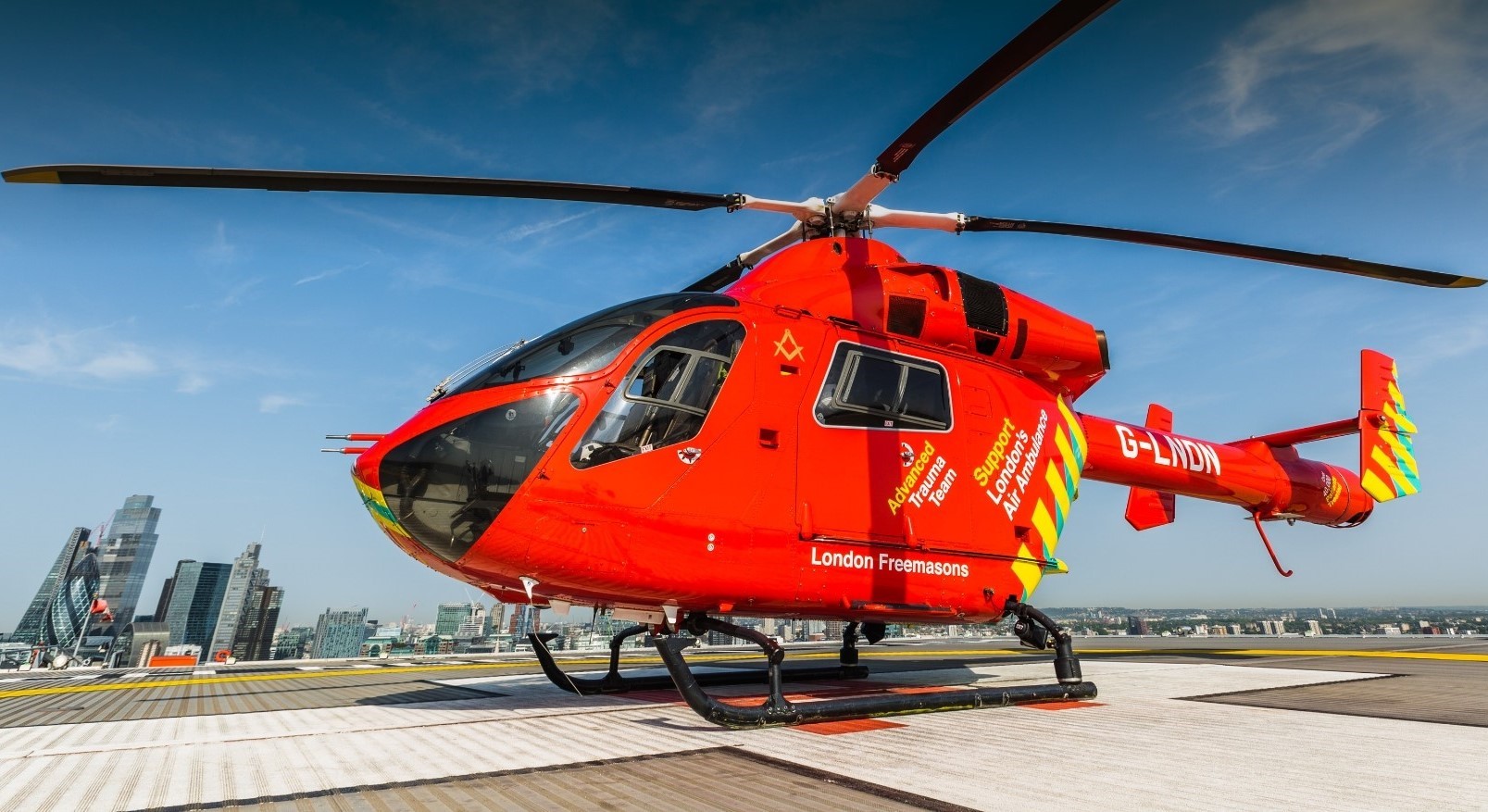
Ever wondered how air ambulances save lives? These flying medical marvels are more than just helicopters or planes. They’re equipped with advanced medical technology and staffed by highly trained professionals. Air ambulances can reach remote areas quickly, providing critical care when every second counts. They transport patients from accident scenes to hospitals, ensuring timely medical intervention. But how do they operate? What makes them so effective? In this post, we’ll explore 17 fascinating facts about air ambulances that highlight their importance in emergency medical services. Buckle up and get ready to learn about these life-saving machines!
Key Takeaways:
- Air ambulances are specially equipped aircraft that can reach remote areas and provide faster response times, leading to higher survival rates for critically ill or injured patients.
- Despite their benefits, air ambulances face challenges such as weather dependency and high operational costs, impacting their availability and operations.
What is an Air Ambulance?
Air ambulances are specially equipped aircraft used to transport critically ill or injured patients quickly and safely. These flying medical units can be helicopters or fixed-wing planes, staffed with medical professionals and equipped with advanced medical technology.
-
Air ambulances can reach remote areas: They can access locations that ground ambulances cannot, such as mountains, islands, or rural areas with poor road infrastructure.
-
Helicopters are the most common type: Helicopters are often used for shorter distances and can land in tight spaces like highways or rooftops.
-
Fixed-wing planes for long distances: These are used for longer distances and international transport, offering more space and comfort for patients.
History of Air Ambulances
The concept of air ambulances has a rich history, evolving from military use to civilian applications. Understanding their origins provides insight into their importance today.
-
First used in World War I: The first recorded use of an air ambulance was during World War I, where planes were used to evacuate wounded soldiers.
-
Civilian use began in the 1920s: After the war, the concept was adapted for civilian use, with the first dedicated air ambulance service starting in Australia in 1928.
-
Growth during World War II: The use of air ambulances expanded significantly during World War II, with improved aircraft and medical equipment.
How Air Ambulances Operate
Air ambulances operate under strict protocols to ensure patient safety and efficient transport. These operations involve coordination between various agencies and medical teams.
-
Highly trained medical staff: Air ambulances are staffed with paramedics, nurses, and sometimes doctors, all trained in emergency medicine.
-
Advanced medical equipment: They are equipped with ventilators, defibrillators, and other life-saving equipment, similar to an ICU.
-
Coordination with ground services: Air ambulances work closely with ground ambulance services to ensure seamless patient transfer.
Costs and Funding
The cost of air ambulance services can be high, but various funding mechanisms help make them accessible to those in need.
-
Expensive service: The cost of an air ambulance flight can range from $12,000 to $25,000 for helicopters and up to $100,000 for fixed-wing planes.
-
Insurance coverage: Many insurance policies cover air ambulance services, but it’s essential to check the specifics of your plan.
-
Government and charity funding: Some air ambulance services are funded by government programs or charitable organizations, reducing the cost for patients.
Benefits of Air Ambulances
Air ambulances offer several benefits, making them a crucial part of emergency medical services.
-
Faster response times: They can reach patients much faster than ground ambulances, especially in traffic-congested or remote areas.
-
Higher survival rates: Studies show that patients transported by air ambulance have higher survival rates due to quicker access to advanced medical care.
-
Specialized care during transport: Patients receive continuous medical care during transport, which can be critical for their survival.
Challenges and Limitations
Despite their benefits, air ambulances face several challenges and limitations that impact their operations.
-
Weather dependency: Air ambulances cannot operate in severe weather conditions, which can delay transport.
-
High operational costs: The cost of maintaining and operating air ambulances is high, which can limit their availability.
Air ambulances play a vital role in emergency medical services, providing rapid and specialized care to patients in critical need.
The Lifesaving Role of Air Ambulances
Air ambulances are more than just helicopters or planes; they're flying lifelines. These specialized medical services provide rapid transport for critically ill or injured patients, often making the difference between life and death. Equipped with advanced medical equipment and staffed by skilled professionals, air ambulances can reach remote areas and deliver patients to hospitals quickly.
Understanding the importance of air ambulances highlights the need for continued support and funding. These services are crucial during emergencies, natural disasters, and in areas with limited access to healthcare facilities. They ensure that timely medical care is available to everyone, regardless of location.
Next time you see an air ambulance in the sky, remember the critical role it plays in saving lives. It's not just a flight; it's a mission of mercy, bringing hope and help to those in dire need.
Frequently Asked Questions
Was this page helpful?
Our commitment to delivering trustworthy and engaging content is at the heart of what we do. Each fact on our site is contributed by real users like you, bringing a wealth of diverse insights and information. To ensure the highest standards of accuracy and reliability, our dedicated editors meticulously review each submission. This process guarantees that the facts we share are not only fascinating but also credible. Trust in our commitment to quality and authenticity as you explore and learn with us.


